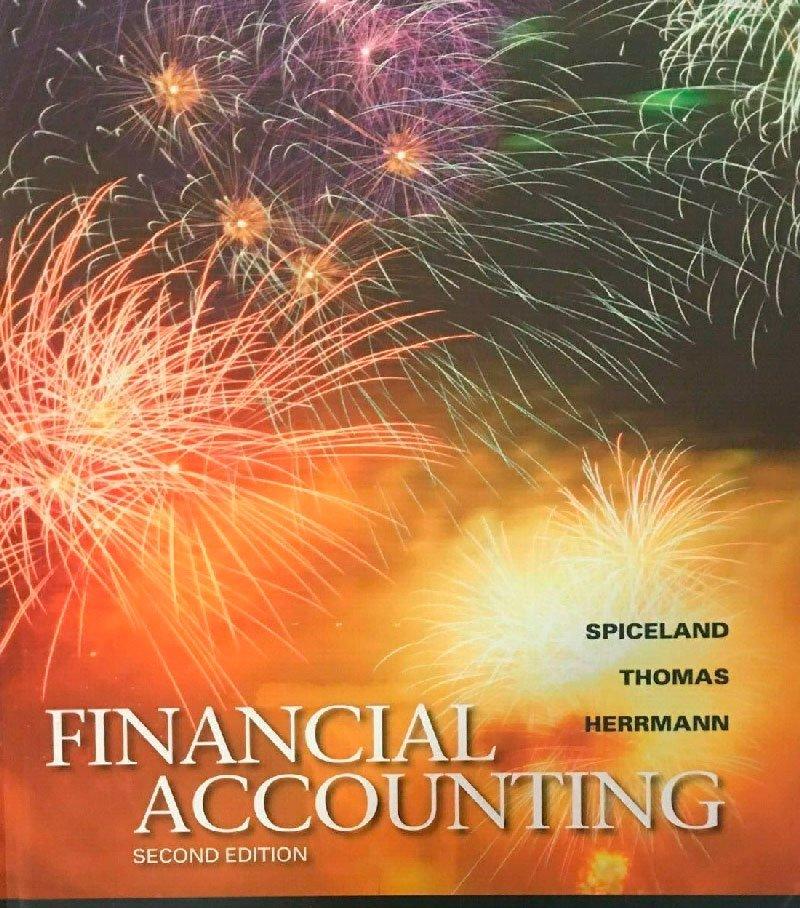Refer to the information provided in P10-2B. P10-2B Nautical has two classes of stock authorized: $10 par
Question:
P10-2B
Nautical has two classes of stock authorized: $10 par preferred, and $1 par value common. As of the beginning of 2012, 100 shares of preferred stock and 2,000 shares of common stock have been issued. The following transactions affect stockholders' equity during 2012:
March 1 Issue 2,000 additional shares of common stock for $15 per share.
April 1 Issue 200 additional shares of preferred stock for $30 per share.
June 1 Declare a cash dividend on both common and preferred stock of $0.50 per share to all stockholders of record on June 15.
June 30 Pay the cash dividends declared on June 1.
August 1 Repurchase 200 shares of common treasury stock for $12 per share.
October 1 Reissue 100 shares of treasury stock purchased on August 1 for $14 per share.
Required:
Taking into consideration all the transactions during 2012, respond to the following for Nautical:
1. Prepare the stockholders' equity section of the balance sheet as of December 31, 2012.
2. Prepare the statement of stockholders' equity for the year ended December 31, 2012.
3. Explain how Requirements 1 and 2 are similar and how they are different.
Common Stock
Common stock is an equity component that represents the worth of stock owned by the shareholders of the company. The common stock represents the par value of the shares outstanding at a balance sheet date. Public companies can trade their stocks on... Balance Sheet
Balance sheet is a statement of the financial position of a business that list all the assets, liabilities, and owner’s equity and shareholder’s equity at a particular point of time. A balance sheet is also called as a “statement of financial... Dividend
A dividend is a distribution of a portion of company’s earnings, decided and managed by the company’s board of directors, and paid to the shareholders. Dividends are given on the shares. It is a token reward paid to the shareholders for their... Par Value
Par value is the face value of a bond. Par value is important for a bond or fixed-income instrument because it determines its maturity value as well as the dollar value of coupon payments. The market price of a bond may be above or below par,...
Fantastic news! We've Found the answer you've been seeking!
Step by Step Answer:
Related Book For 

Financial Accounting
ISBN: 9780078110825
2nd Edition
Authors: J. David Spiceland, Wayne Thomas, Don Herrmann
Question Posted:





